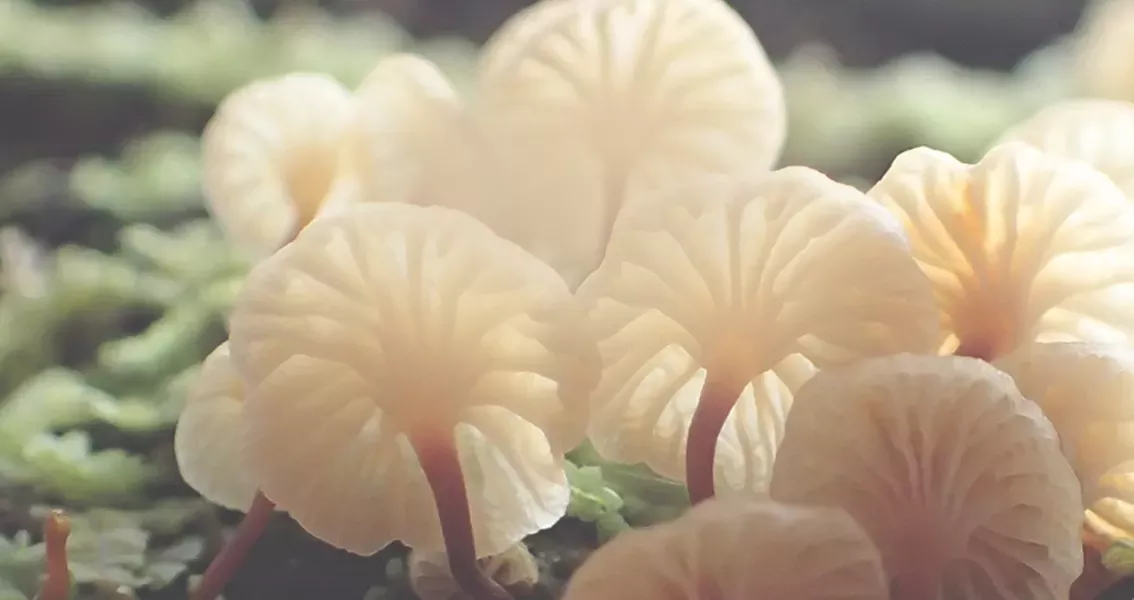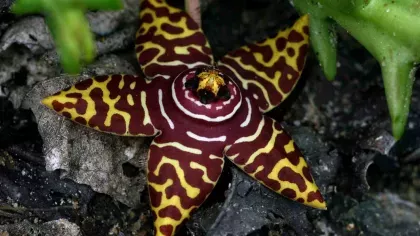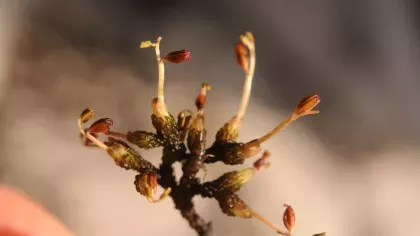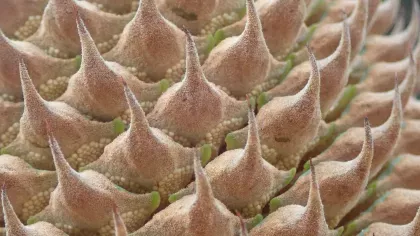3 March 2020
Plant blindness and conservation implications
Wildlife includes plants too.

So what is wildlife?
When you hear the word wildlife what is the first thing that springs to mind? It's probably an image of an animal.
Wildlife includes animals but it also incorporates plants. Our inability to recognise plants as wildlife is known as “plant blindness”.
This term has been around for over twenty years and it means that people tend to underappreciate the flora around us.
Our general perception and understanding that wildlife refers to animals, and plants are only the things the animals eat, is a major concern for conservation and particularly plant conservation.

Plant crime
The first official definition of the term wildlife was in the US Lacey Act of 1969 where it stated:
“Wildlife: means any wild mammal, wild bird, amphibian, reptile, mollusc, or crustacean, or any part, egg, or offspring thereof, or the dead body or parts thereof, but does not include migratory birds for which protection is afforded under the Migratory Bird Treaty Act.”
It has since been amended to include plants, albeit trees only.
Recent research found that Illegal Wildlife Trade (IWT) policy and funding by governments and conservation organizations continues to focus efforts and funding on rhinos, elephants, and a few other charismatic animal species as ‘Wildlife Conservation’.
Yet more plant species go extinct annually than animals and more plants are listed on CITES (30, 000 plants vs 5,000 animals) as threatened by illegal trade but plants are not recognised in IWT interventions.
Illegal plant trade has a higher economic value than illegal animal trade and the damage done by illegal harvesters (poachers) in the wild can destroy whole ecosystems, costing millions to repair if at all.
Save our species
Plant blindness, not surprisingly, results in limited interest and funding for plant conservation.
Plant biology courses globally are closing, public funding for plant science is drying up and, other than timber, little research is done on illegal trade and plant conservation.
For example, cycads, some of the oldest group of plants, are considered at high risk from illegal trade and are now reportedly the most endangered plant group on the planet.
Very little research is being done on this group and there are no special ‘Save the cycad' funds or dedicated groups working to prevent the extinct of an entire group of plants.
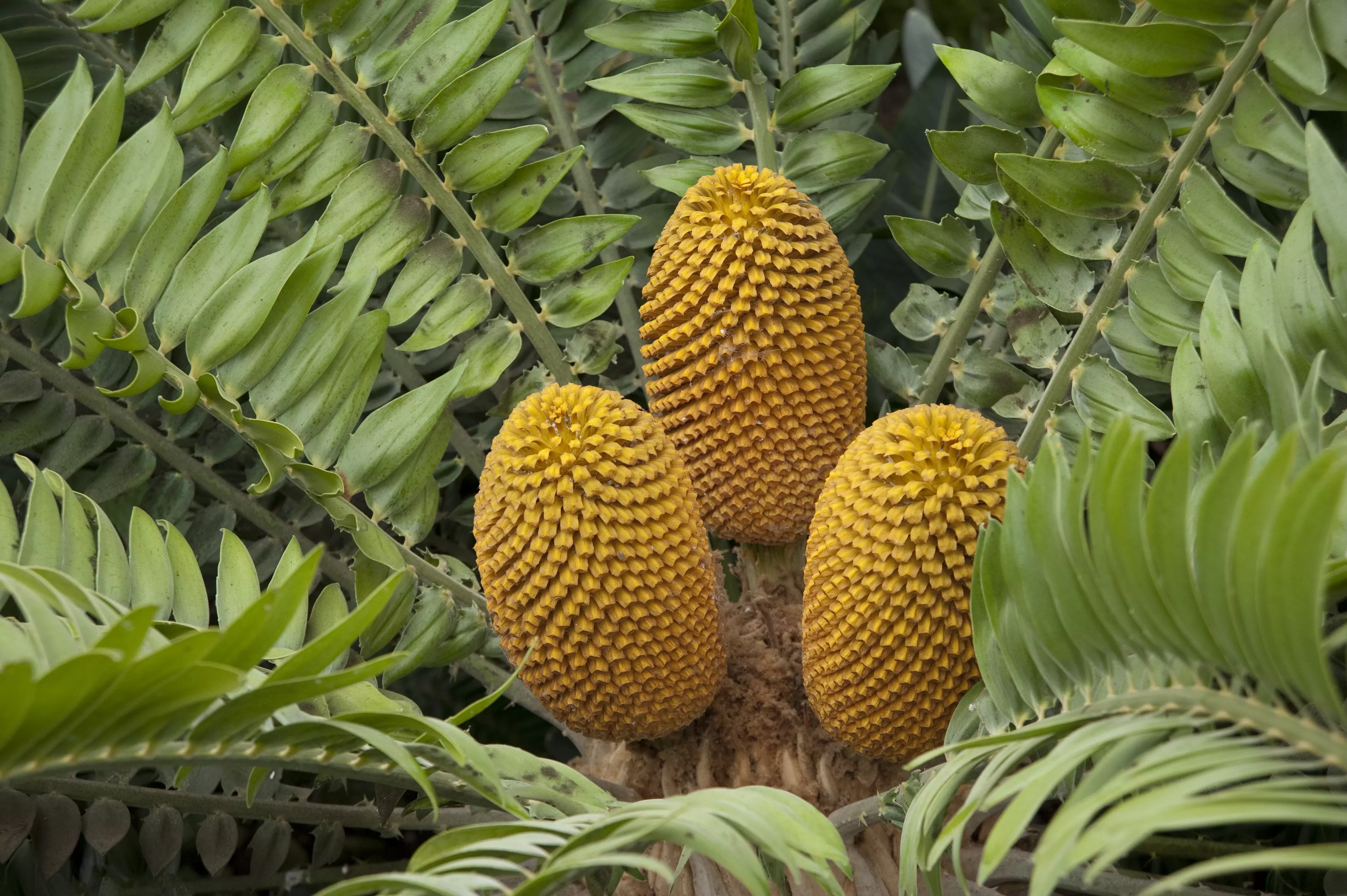
Seeing green
There is an element of the physical and psychophysical structure within humans that results in plant blindness.
The physical aspect is due to the human eye seeing green objects much better than other coloured objects, and as plants tend to be similar in colour and almost unmoving, our brains tend to group them together.
Then there is the psychophysical aspect. As animals were a threat to early humans, they were harder to see and thus we tend to look for colours other than green first, mostly ignoring shades of greens.
Humans also notice movement and react more forcefully and quickly when we see an animal, dangerous or not. It's hardwired into us.
This is exacerbated by current lifestyles, where people live in urban areas and are surrounded by synthetic and electronic entertainment.
Plants are no longer seen due to the nature deficit disorder which is the alienation of people from the natural environment.
To initiate a perception-shift away from plant blindness, dialogues need to be developed where plants are included with animals when referring to wildlife.
To do this people need to interact with and recognise plants in their environment. Support for conservation can be increased by more people being aware of the plight of plants as well as animals.
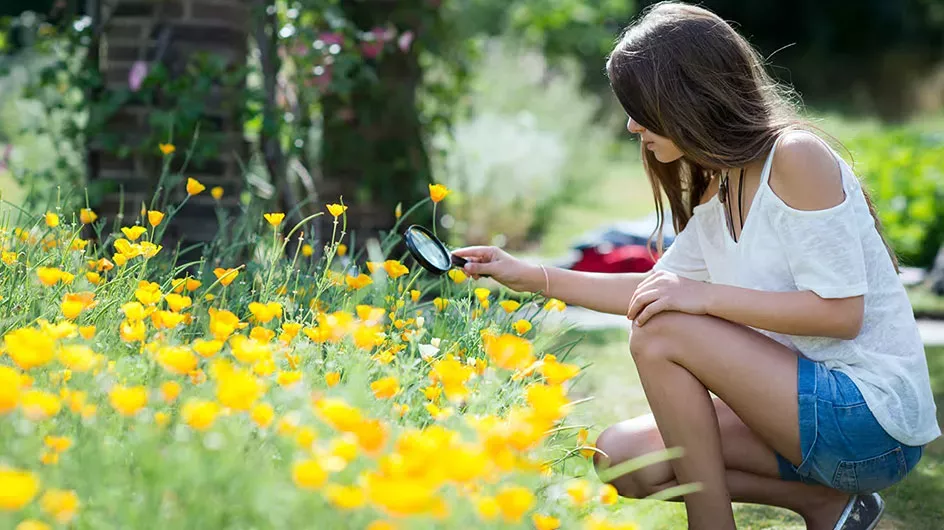
References
Margulies, J. D., Bullough, L-A., Hinsley, A., Ingram, D.J., Cowell, C. et al. (2019). Illegal wildlife trade and the persistence of "plant blindnes". Plants, People, Planet 1: 173-182.
Nadarajan, J., Benson, E.E., Xaba, P., Harding, K., Lindstrom, A. et al. (2018). Comparative Biology of Cycad Pollen, Seed and Tissue-A Plant Conservation Perspective. The Botanical Review 84: 295-314.
Palomino, M., T. Taylor, A. Göker, J. Isaacs & S. Warber (2016). The online dissemination of nature–health concepts: Lessons from sentiment analysis of social media relating to “nature-deficit disorder”. International journal of environmental research and public health 13: 142.
Sundberg, M., Antlfinger, A.E., Ellstrand, N.C., Mickle, J.E., Douglas, A.W. & Darnowski, D.W. (2002). Plant blindness: we have met the enemy and he is us. Plant Sci. Bull 48: 78-84.

